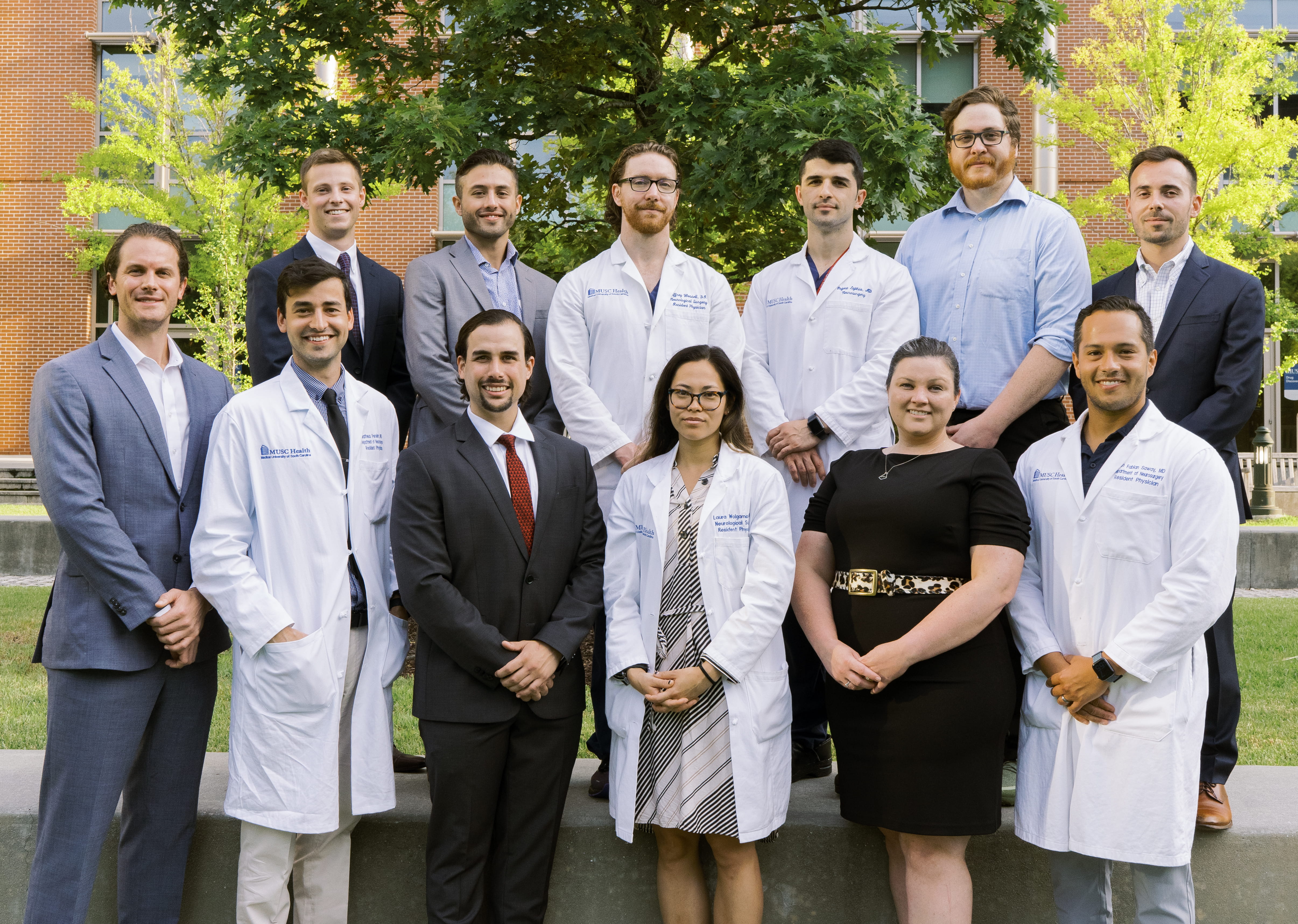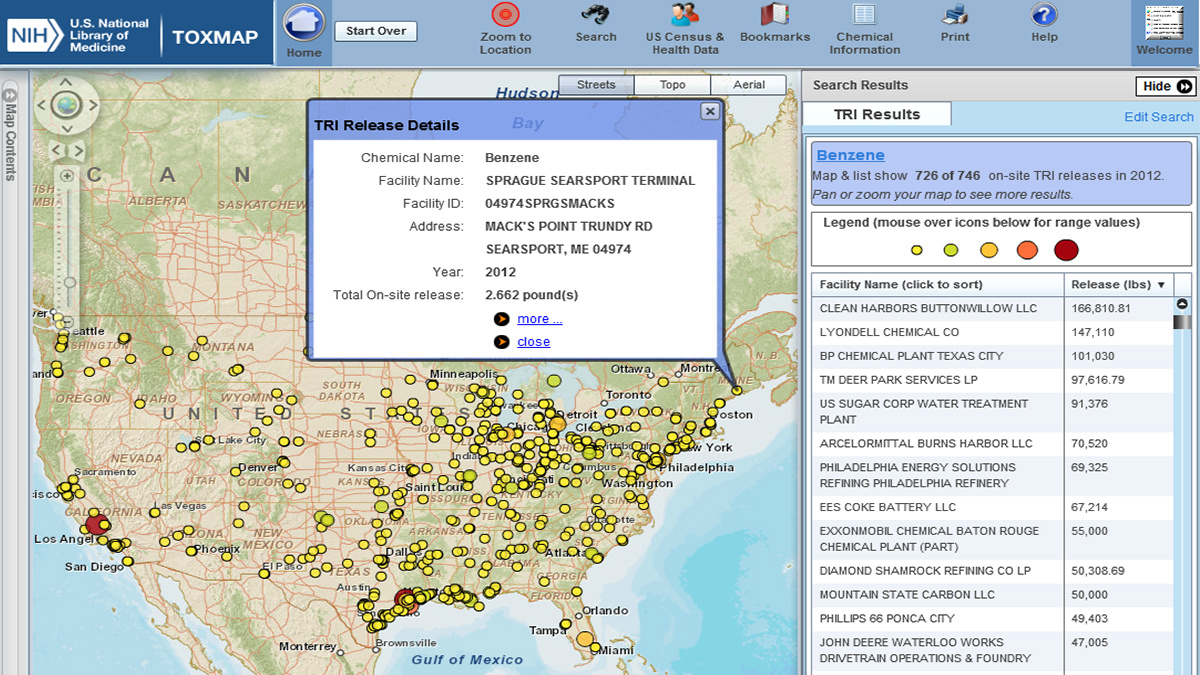Report on Wyandotte’s Water Fluoridation and Alignment with Sustainable Development Goals
Executive Summary
- The City of Wyandotte is re-evaluating its water fluoridation policy, a decision with significant implications for public health, directly impacting Sustainable Development Goal 3 (Good Health and Well-being).
- The re-evaluation was prompted by a state report identifying “significant deficiencies” in the municipal water system, highlighting challenges related to SDG 6 (Clean Water and Sanitation) and SDG 11 (Sustainable Cities and Communities).
- A lack of public notification following the cessation of fluoridation in 2015 has raised concerns about institutional transparency, a key component of SDG 16 (Peace, Justice and Strong Institutions).
- The Wyandotte Municipal Services Commission is scheduled to vote on the matter on October 22 following a series of public hearings.
Public Health Implications and SDG 3: Good Health and Well-being
Arguments for Reinstating Fluoridation
- Medical and dental professionals, including Dr. Steven Legel and Dr. Christopher Gorecki of the Michigan Dental Association, advocate for fluoridation as a scientifically supported, inexpensive, and effective public health measure to prevent oral diseases.
- The case of Calgary, Alberta, was cited as an example where cessation of fluoridation led to a documented increase in dental cavities among children. A 2021 vote resulted in the reintroduction of fluoride in Calgary, reinforcing its perceived public health value.
- Proponents argue that community water fluoridation ensures equitable access to preventative dental care for all residents, a core principle of ensuring healthy lives and promoting well-being for all at all ages.
Arguments Against Fluoridation
- Resident concerns were raised regarding the source of fluoride and the necessity of ingesting the substance systemically.
- An alternative viewpoint suggested that topical application through fluoride toothpaste is sufficient to achieve dental health benefits.
- Reference was made to research associating high fluoride levels with lower IQs, though the applicability of these studies to U.S. recommended levels has been questioned by experts like Professor Margherita Fontana of the University of Michigan School of Dentistry.
Water System Management and SDG 6: Clean Water and Sanitation
State-Identified Deficiencies
An April 30 survey of Wyandotte’s drinking water system by the state of Michigan identified several “significant deficiencies.” These findings underscore the importance of sustainable water management to ensure community health.
- Treatment Processes: Issues were flagged in the city’s water treatment procedures.
- Infrastructure: Deficiencies were noted in the distribution and storage of drinking water.
- Oversight: The report cited problems with the overall oversight of the water system.
The state report explicitly noted that in cases of prolonged interruption of fluoridation, “it is imperative for the water supply to notify the public so residents can make informed decisions about their oral health,” directly linking the management of water services under SDG 6 to the health outcomes of SDG 3.
Institutional Accountability and SDG 16: Peace, Justice and Strong Institutions
Communication and Transparency Failures
- Wyandotte ceased water fluoridation in 2015, but this policy change was not effectively communicated to the public.
- Information regarding the cessation was confined to technical data within annual water quality reports, failing to meet the standards of accessible and transparent public information.
- The city’s official website provided contradictory and outdated information, stating that the water was fluoridated until the discrepancy was corrected in June, undermining public trust in the institution.
Civic Engagement and Decision-Making Process
- Public hearings are being conducted to facilitate resident and expert input, promoting a more inclusive and responsive decision-making process in line with the principles of SDG 16.
- A community petition supporting the restoration of fluoride has garnered over 100 signatures, indicating active civic participation.
- The Wyandotte Municipal Services Commission is scheduled to vote on October 22 and will communicate its plan to the state by October 31, representing a formal process to address the identified deficiencies and restore accountability.
Analysis of Sustainable Development Goals in the Article
1. Which SDGs are addressed or connected to the issues highlighted in the article?
-
SDG 3: Good Health and Well-being
- The central theme of the article is water fluoridation, a public health measure aimed at preventing dental diseases. The text explicitly discusses the role of fluoride in protecting “the teeth of both children and adults” and preventing “problems like dental abscesses.” This directly aligns with the goal of ensuring healthy lives and promoting well-being for all ages.
-
SDG 6: Clean Water and Sanitation
- The article focuses on the treatment and quality of drinking water in Wyandotte. The debate over adding or removing fluoride is a matter of water treatment policy. Furthermore, the article mentions a state survey that found “significant deficiencies with Wyandotte Municipal Services’ treatment, distribution, and storage of drinking water,” which directly relates to the goal of ensuring the availability and sustainable management of water.
-
SDG 16: Peace, Justice and Strong Institutions
- The article highlights issues of institutional transparency and public participation. It notes that Wyandotte halted fluoridation in 2015, but this change was not clearly communicated to the public for years. The state report emphasized the need to “notify the public so residents can make informed decisions.” The process described, involving public hearings, a commission vote, and a citizen petition, relates to building effective, accountable, and inclusive institutions.
2. What specific targets under those SDGs can be identified based on the article’s content?
-
Under SDG 3: Good Health and Well-being
- Target 3.4: “By 2030, reduce by one third premature mortality from non-communicable diseases through prevention and treatment and promote mental health and well-being.” Dental cavities are a prevalent non-communicable disease. The article’s focus on water fluoridation as an “inexpensive and effective means of protecting oral health” is a clear example of a prevention strategy aimed at reducing the burden of this disease within a population.
-
Under SDG 6: Clean Water and Sanitation
- Target 6.1: “By 2030, achieve universal and equitable access to safe and affordable drinking water for all.” The discussion revolves around what constitutes “safe” and health-promoting drinking water for the residents of Wyandotte. The state report flagging “significant deficiencies” in the water system underscores the challenge of ensuring water is safely managed and treated before it reaches the public.
-
Under SDG 16: Peace, Justice and Strong Institutions
- Target 16.6: “Develop effective, accountable and transparent institutions at all levels.” The article points to a lack of transparency, stating that the halt in fluoridation was not publicized and that “information in the water quality reports was contradicted by the city’s website until June.” This directly addresses the need for accountable and transparent governance by municipal services.
- Target 16.7: “Ensure responsive, inclusive, participatory and representative decision-making at all levels.” The article describes mechanisms for participatory decision-making, such as the city holding “public hearings,” a community organizer starting a “petition,” and the Wyandotte Municipal Services Commission holding a public vote on the issue.
3. Are there any indicators mentioned or implied in the article that can be used to measure progress towards the identified targets?
-
For SDG 3 (Good Health and Well-being)
- Indicator: Prevalence of dental cavities in children. The article provides a specific, measurable example from a University of Calgary study, which found that “64.8% of Calgary children had one or more cavities in their baby teeth compared to 55.1% in Edmonton” after Calgary removed fluoride. This percentage serves as a direct indicator of oral health outcomes related to fluoridation.
-
For SDG 6 (Clean Water and Sanitation)
- Indicator: Findings from official water system surveys. The article mentions an “April 30 drinking water system survey by the state” that identified “significant deficiencies.” The number and nature of such deficiencies reported in official surveys can be used as an indicator to track the safety and quality of the water supply management.
- Indicator: Fluoride concentration in drinking water. The entire debate is about the presence and level of fluoride. The article implicitly refers to this by mentioning studies involving “fluoride levels more than two times higher than what is recommended,” highlighting that the specific concentration is a key metric for water quality monitoring.
-
For SDG 16 (Peace, Justice and Strong Institutions)
- Indicator: Public participation in decision-making. The article provides several quantifiable examples that can serve as indicators: the number of public hearings held (two), the number of signatures on a petition (101), and the results of a public vote (“62% of Calgary voters supported reintroduction of fluoride”).
- Indicator: Consistency and timeliness of public information. Progress towards transparency can be measured by tracking the accuracy and consistency of information provided to the public. The article implies a failure in this area by noting that the city’s website contradicted official water quality reports for an extended period.
4. Table of SDGs, Targets, and Indicators
| SDGs | Targets | Indicators |
|---|---|---|
| SDG 3: Good Health and Well-being | Target 3.4: Reduce mortality from non-communicable diseases through prevention. |
|
| SDG 6: Clean Water and Sanitation | Target 6.1: Achieve universal and equitable access to safe and affordable drinking water. |
|
| SDG 16: Peace, Justice and Strong Institutions | Target 16.6: Develop effective, accountable and transparent institutions. |
|
| Target 16.7: Ensure responsive, inclusive, participatory and representative decision-making. |
|
Source: planetdetroit.org







